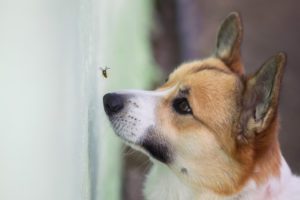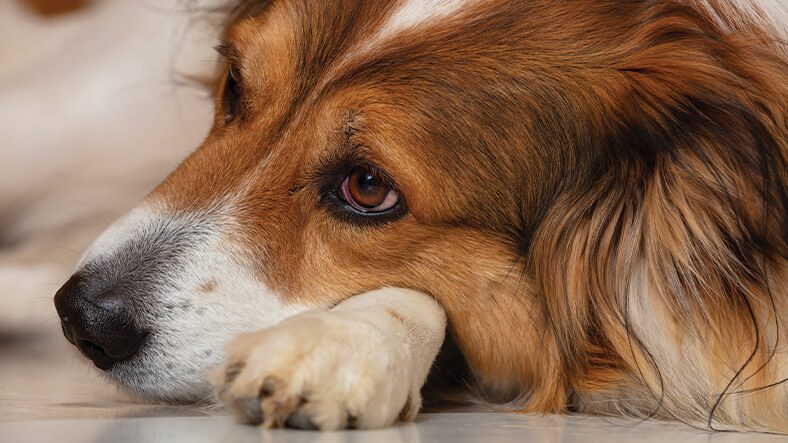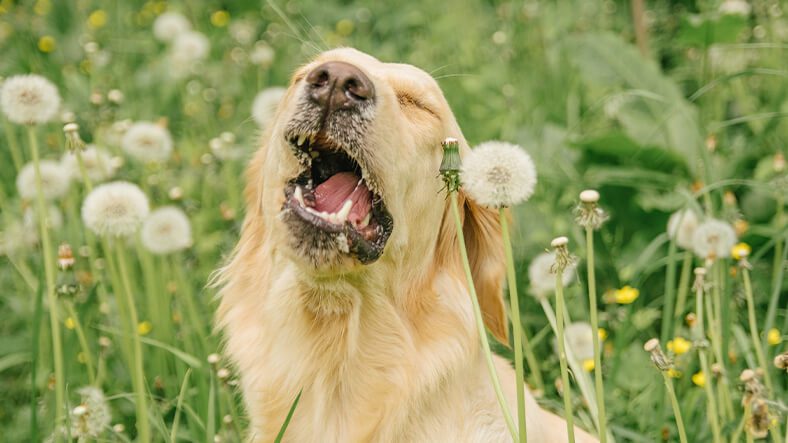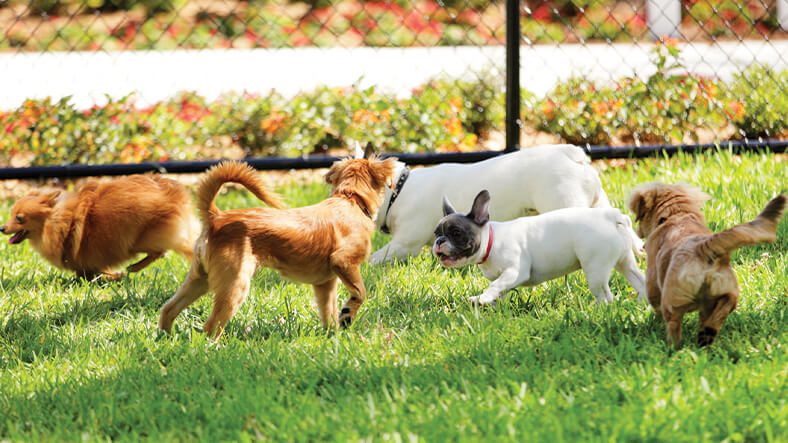My Dog Was Stung by a Bee in Plymouth Meeting, PA, What Do I Do?
Has your dog ever been stung by a bee or a wasp? This can be a scary time for you and your dog both, and if this is the first time you’ve ever handled this problem, you might feel overwhelmed or intimidated. However, there are some simple steps you can take to help your dog when she is stung by a bee or a wasp.
Read through the information below to find out more about what to do when your dog is stung by a bee in Plymouth Meeting, PA.

Remove the Stinger
The first step you’ll need to take is to remove the stinger. This may be the most difficult step, as your dog will likely be in pain and will not want you to bother the site of the sting. You should have help from another adult or an older child or teen to hold your dog, and be careful to not get bitten.
Remove the stinger using tweezers. Wash the site after removal with mild soap and lukewarm water.
Make a Paste
Next, mix up a paste of baking soda and water. Mix these two ingredients together until they reach a consistency similar to glue. This paste will help the sting heal and will take down inflammation at the same time.
Spread the paste onto the site of the sting. Your dog may try to lick it off; it’s safe for your dog to lick, but it won’t work as well if it doesn’t have a chance to sit on the sting for a little while. Try to prevent your dog from licking the paste off for a few minutes, at least.
Cool the Site
After you have applied the paste and let it sit for a few minutes, you’ll need to cool down the inflammation caused by the sting. To do this, use a cold compress or an ice pack wrapped in a washcloth or towel. Do not place ice directly on the sting, as this may cause more pain.
Reapply the cool compress or ice pack as needed over the next several hours until the inflammation begins to go down. It may take a few rounds of cooling to help soothe the issue, but your dog should start to feel better in a little while.
Give an Antihistamine
Never give your dog any antihistamines for humans without the express approval of the veterinarian in Plymouth Meeting. With that said, most vets will approve use of human antihistamine medication in very small doses for dogs who have been stung by a bee or wasp. The amount you need to give your dog will depend on her weight, age, and any other health conditions, so be sure to ask the vet before giving your dog Benadryl or other similar medicines.
Once again, do not give your dog human medication with your vet’s guidance. This can be very dangerous if not done properly.
Provide Plenty of Water
Make sure your dog has plenty of water to drink. This will help flush out any toxins in your dog’s blood from the sting and will also help her stay hydrated if the sting causes her to run a slight fever. Don’t force her to drink water, but make sure she has access to all the water she needs.
You may also give her ice cubes if she is uninterested in drinking water. Don’t overdo it with ice cubes, but giving her one or two every so often can help your dog stay hydrated even if she isn’t feeling very well.
Monitor
Finally, monitor your dog for the next 24 hours. It usually doesn’t take long for signs of anaphylactic shock to begin, but it can sometimes take up to a day. For this reason, you should keep a close watch on your dog and note any signs that she might be acting unusual.
If you think there is any chance your dog is dealing with a more severe allergic reaction, take her to the emergency vet. The emergency vet will be able to provide the right kind of care to stop an anaphylactic reaction in your dog and possibly save her life depending on the severity of the problem.
The Village Vets Can Help
By following these tips, you can help your dog recover quickly from her bee or wasp sting. Of course, if you notice any signs of an anaphylactic reaction in your dog, don’t wait; take her to the emergency vet right away. The sooner you respond in cases of a severe allergic reaction, the better your dog’s chances will be.
Signs of anaphylactic reaction include swelling of the snout and face, difficulty breathing, fever, rapid heart rate, and collapse. Even just one of these symptoms can mean your dog is at risk. Without these symptoms, however, your dog will likely be able to recover just fine at home from her sting.
If you need to talk to a veterinarian in Plymouth Meeting about your dog being stung by a bee or wasp call The Village Vets at (484) 820-1700 or book an appointment online today!
Recent Posts
About The Village Vets
The Village Vets of Plymouth Meeting offers excellent service to clients in a comfortable, friendly atmosphere. To learn more about us and how we can better serve you and your pet here in Plymouth Meeting, PA, click the button below.
Share This Post
Recent Posts
About The Village Vets
The Village Vets is a network of three animal hospitals based in Atlanta, GA and the surrounding area. We offer honest, excellent service to our clients in a comfortable, friendly atmosphere. To learn more about our locations and how we can better serve you and your pet, click the button below.




